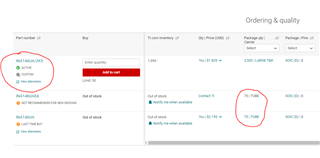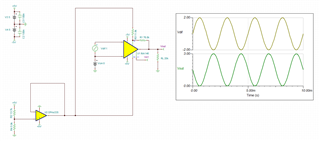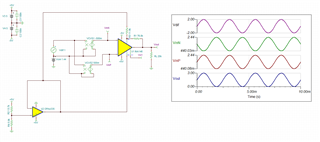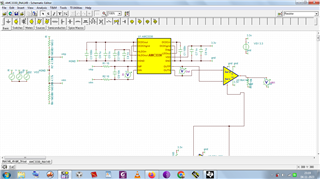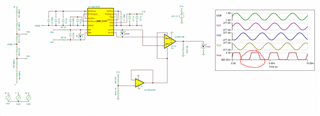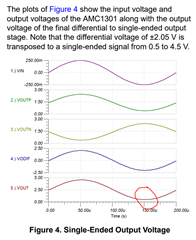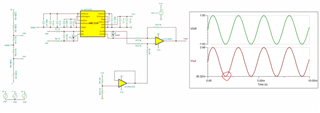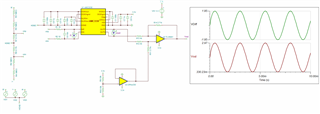Other Parts Discussed in Thread: AMC1350, , INA146, AMC3330, TLV6001, OPA391, OPA396
Dear experts,
I am working on an analog circuit to measure AC 220V 400Hz. I am using AMC1350 to convert +/-5V to +/-2V differential voltage signal. I need to convert this differential signal to single ended and add an offset to achieve 0-3V. This 0-3V signal is connected to micro-controller ADC. I referred TI's document (LINK), in which it explains several configurations to achieve above requirement. Initially I wanted to use the 1st circuit shown in the document. However, I would like to use the 4th circuit for its simplicity and usage of minimum number of OPAMPs. The problem now is the IC used- INA146, which is not available and it is going to be discontinued. So I want to use INA149 that does the half of the job-converting differential to single ended.
Could you please suggest a circuit that converts differential signal to single ended, at the same time giving an offset to the signal. Kindly suggest superior alternative to INA149 if any, as I see INA149/146 can be operated at +/-18V. which is way greater than 3.3V-the voltage of my interest.
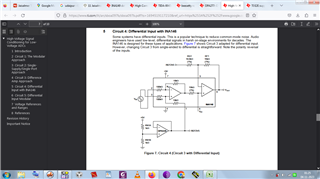
Regards,
Rajesh BN.



